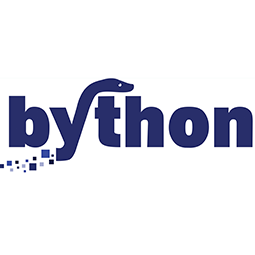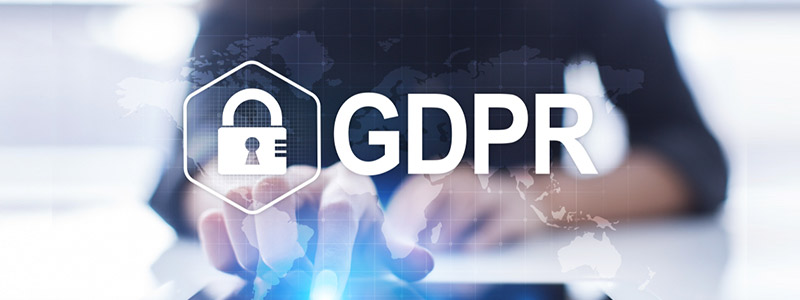
GDPR: Everything You Need to Know About the New Data Protection Rule
In an industry that seems to ride the coattails of buzzwords and acronyms, GDPR has been no different.
When it comes to the ongoing discussion about data protection, compliance, and user rights and privacy, GDPR, also known as the General Data Protection Regulation, is set to have a strong impact on digital advertising and media companies.
While Europe’s new law for data protection is several pages long, in short, it aims to overhaul how businesses receive, process, and handle data. The goal of the GDPR specifically is to protect all European Union citizens from data breaches and encroachments upon their privacy. The law goes into full effect on May 25, 2018.
Three things are expected to come from the GDPR:
#1 It serves as a regulation for the exportation of personal data of EU citizens outside of the EU.
#2 It aims to protect EU citizens and residents from data and privacy breaches, giving strict control of personal data to EU citizens.
#3 It bears a provision requiring all businesses to actively protect the personal data and privacy of EU citizens inside EU member states.
The new law is applicable to all citizens of the EU and is equally applicable in terms of enforcement to both EU and non-EU companies. The GDPR addresses some major concerns, including consent, accessibility rights, breach notification, and the right to be forgotten.
So, what if I don’t comply?
Failure to provide sufficient proof of data protection for personally identifiable customer data results in a hefty fine. The fine is 20 million pounds or 4 percent of the annual turnover of the company, whichever is the highest fee. This isn’t to scare people so much as it means that the cost of non-compliance is much higher than the time, effort, and money you could spend to ensure compliance terms are met.
